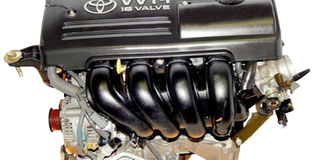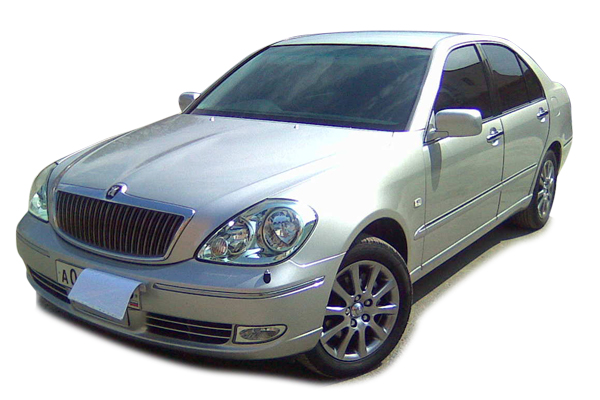Ask the Mechanic

WHY HAS MY PREMIO ENGINE VVTI FAILED?
Hello Paul, My Toyota Premio with a VVTi engine has reduced engine power, has poor acceleration and increased fuel consumption. A mechanic says I must replace the faulty VVTi solenoid and switch, which is hard to find. How does this part affect my Premio engine and how can I resolve this situation. Should I avoid VVTi cars in future?
Francis Byaruhanga.
Hello Francis, to resolve the VVTi problem, you may need to clean the oil sludge or deposit in the VVTi solenoid or replace it with a new one in case that one cannot be repaired. The VVT solenoid/switch is designed to improve engine power, smooth running and fuel economy of your car. You may not be able to avoid cars with VVTi engines.
Most of the modern, post 2000 gasoline or petrol-powered engines are designed to have better performance (power) and fuel economy using variable valve timing (VVT). This system alters the timing of a valve lift event to improve engine power and fuel economy. Correct ignition timing is necessary for your engine to run smoothly and efficiently.
Can VVTi Solenoid / switch fail?
Yes, like many car components, VVTi solenoid or switch will succumb to wear and tear and should be replaced when it fails. The VVTi solenoid /switch uses engine oil pressure to actuate valve lift, it can prematurely fail to do basic engine oil maintenance with the recommended oil grade (5W30) or have lower than required engine oil. Poor quality or dirty engine oil will produce thick sludge or deposits which clog the screen on the VVT solenoid switch, which will cause premature failure.
Symptoms of failure
These include rough idling when the VVT switch sends wrong data or the solenoid fails to effect valve lift. There is also hesitation when driving uphill or under load usually due to engine misfire and low engine power and increased fuel consumption. Your dashboard will display the check engine light when the engine computer detects wrong values from the VVT switch.
How to avoid VVTi failure
Service your engine oil on time using the highest recommended engine oil grade 5W30 fully synthetic for the newer engines and 10W40 semi synthetic for the slightly older but non-leaky engines. These oil grades offer the best detergency, protection and performance enhancing molecules needed to prevent harmful sludge and deposit build up.

WHY IS MY CAR NOT SHIFTING?
My Mercedes C200 Kompressor automatic gearbox does not shift after hitting a hump. At a nearby service bay, gearbox oil was drained and metallic pieces were found. After replacing the oil, the gearbox only engages gear 1 and reverse. What could be the problem?
Peter
Hello Peter, your Mercedes has a pretty low profile and chances are, the impact may have damaged the automatic transmission oil pan, valve body or shift linkages. You need a mechanic to inspect the oil pan and confirm that the impact did not distort its edges, which can cause transmission fluid leakages.
An automatic gearbox relies on transmission fluid hydraulic pressure to engage gears. Secondly, the gearbox valve body and electrical conductor plate should be examined for potential damage, which could explain the debris found in the oil. The valve body and electrical conductor plate work together as a logistical hub to channel transmission fluid to the clutch pack of the correct gear.
If any of them fail, the gears will not shift. Also, request an inspection of the transmission shift linkages in case they were damaged during the incident. A computer diagnosis can also quickly suggest what is wrong to reinforce the findings of the physical inspection.
Send sms: mycar (space) your comments and questions to 6933
Or email them to: [email protected]




